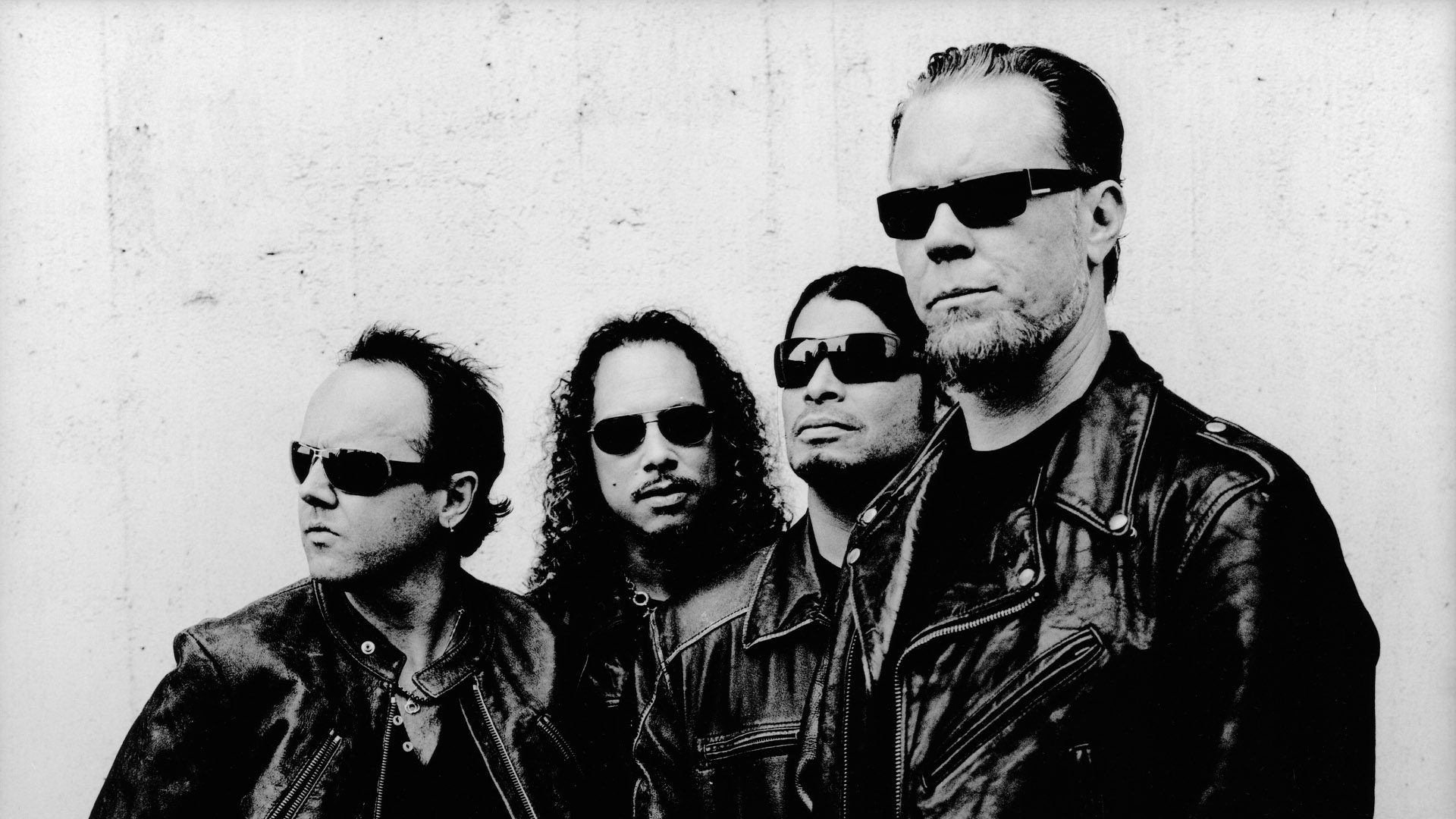Metallica was founded in California in 1981 as a result of James Hetfield’s response to a classified ad placed by drummer Lars Ulrich in a nearby newspaper. Along with lead guitarist Kirk Hammet, who took over for original guitarist Dave Mustaine in 1983 when the latter left to establish Megadeth, these two have served as the band’s foundation. Throughout their career, the band has had a variety of bassists, including Jason Newsted, Cliff Burton, and current member Robert Trujillo.
The band is attributed with promoting thrash metal, an assertive sub-genre of hard rock renowned for its fast, extreme drums, low-register riffs, and cut-up. There aren’t many bands that could fill a “Top 100” list on their own. But Metallica’s historic 35-year history has produced an extensive and diversified back catalog, placing them among the greatest rock bands of all time and giving them a spot in the highest reaches of the genre.
10. For Whom The Bell Tolls
For Whom The Bell Tolls, one of Metallica’s better-known songs and one of their most likable, was released as a commercial single during the band’s second album campaign. The song’s early status and the fact that it particularly highlights Hetfield’s superb vocals, which sound clean and confident as if boosted by the debut album’s underground success, may be why it serves as such a fantastic introduction to the band.
The instrumental selections in the song are unique and interesting. For instance, the rhythmic introduction is not played on an electric guitar but rather on a bass. The bass has been highly distorted, and wah-wah’d. Like this, Lars Ulrich is hammering an anvil that sounds like the terrifying bell that presciently tolls throughout the song.
9. St. Anger
St. Anger, the band’s eighth studio album’s main single and title track, is an anomaly of a song and one of the Metallica tracks that hardcore fans frequently criticize. It doesn’t help that the song shares a name with the group’s least well-liked album, which is infamous for excluding the band’s signature guitar solo from their catalog. St. Anger was supposed to be a return to the band’s roots after the slightly lighter Load/Reload albums, but the absence of the guitar solo and the album’s “clanging” snare drum particularly offended fans.
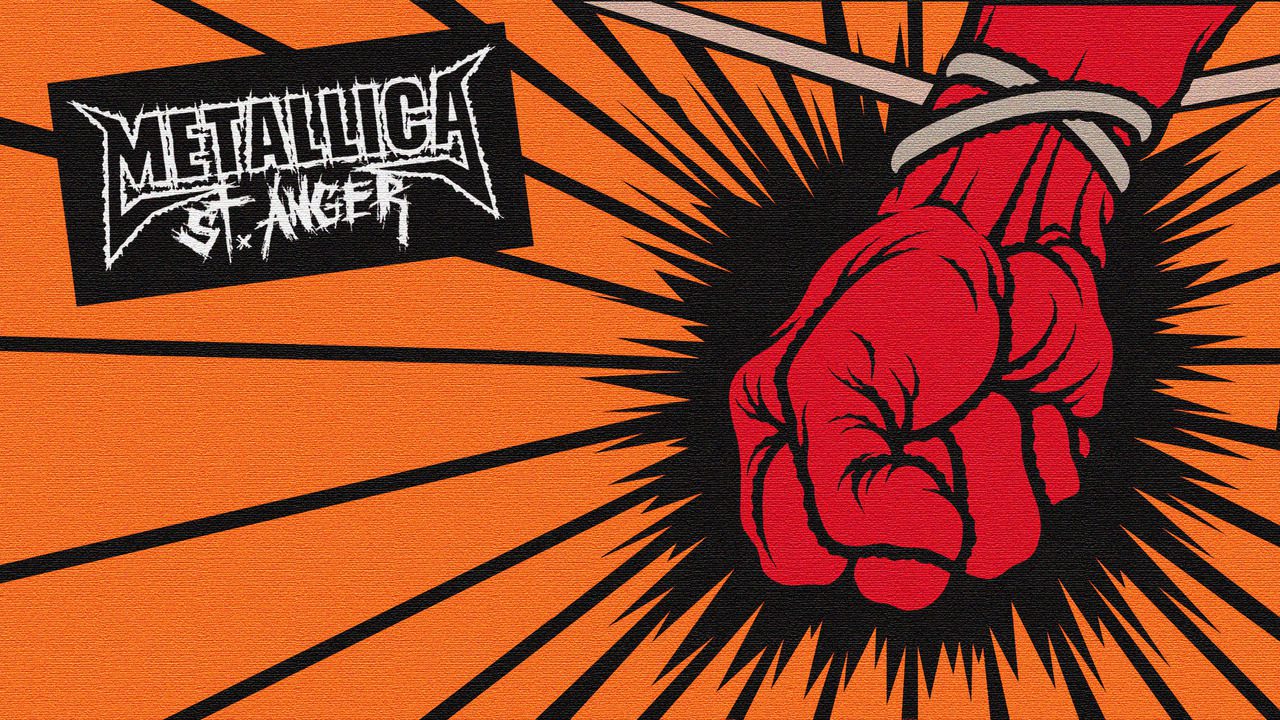
Although it’s a controversial viewpoint, some people believe Ulrich’s unique snare works particularly well on this song, giving the song a certain rawness that complements the band’s desire to reclaim their signature sound and fits rather very well with the themes of the song. The weird, almost Red Hot Chili Peppers-like classic rock segments are outrageously misjudged, but at least they provide the ideal counterpoint to St. Anger’s otherwise completely violent metal attack. This song explodes from the bass-heavy opening, with lyrics that wonderfully depict the craziness of anger and a prison-themed music video that stars actual inmates.
8. Fuel
The third single from Metallica’s seventh album Reload, Fuel, is unquestionably the greatest track on the album. The song talks about the adrenaline from driving fast cars and references vehicles, including gasoline, nitro, and headlights. This song is incredibly lively, with a quick tempo and wildly complex riffs that somehow reflect the talent and ability required to accomplish short spins and other high-speed vehicle stunts. Similar to this, the bold guitar solo in the bridge, along with Ulrich’s drum rhythm, manages to precisely portray the wild freedom that can only be experienced by speeding around curvy desert roads in a convertible.
With its almost rap-like style, the vocal hook that opens the song (and reappears throughout) borderlines on nu-metal in the style of Limp Bizkit. It shows the band’s continued ability to be at the forefront of rock since the song was released in 1998, the year nu-metal eventually reached its peak. It’s easy to understand why the song has become a fan favorite at the group’s live performances since its relentless lyrical hook and completely convincing guitar provide the necessary fire to rock out.
7. Moth Into Flame
This second single from Hardwired… to Self-Destruct is one of Metallica’s newest songs, but its sleek production and modern subject matter can easily compete with the group’s best work. The song is thought to have been influenced by the 2015 documentary Amy about the tragic death of British artist Amy Winehouse from alcohol poisoning following her dramatic climb to stardom and drug usage.
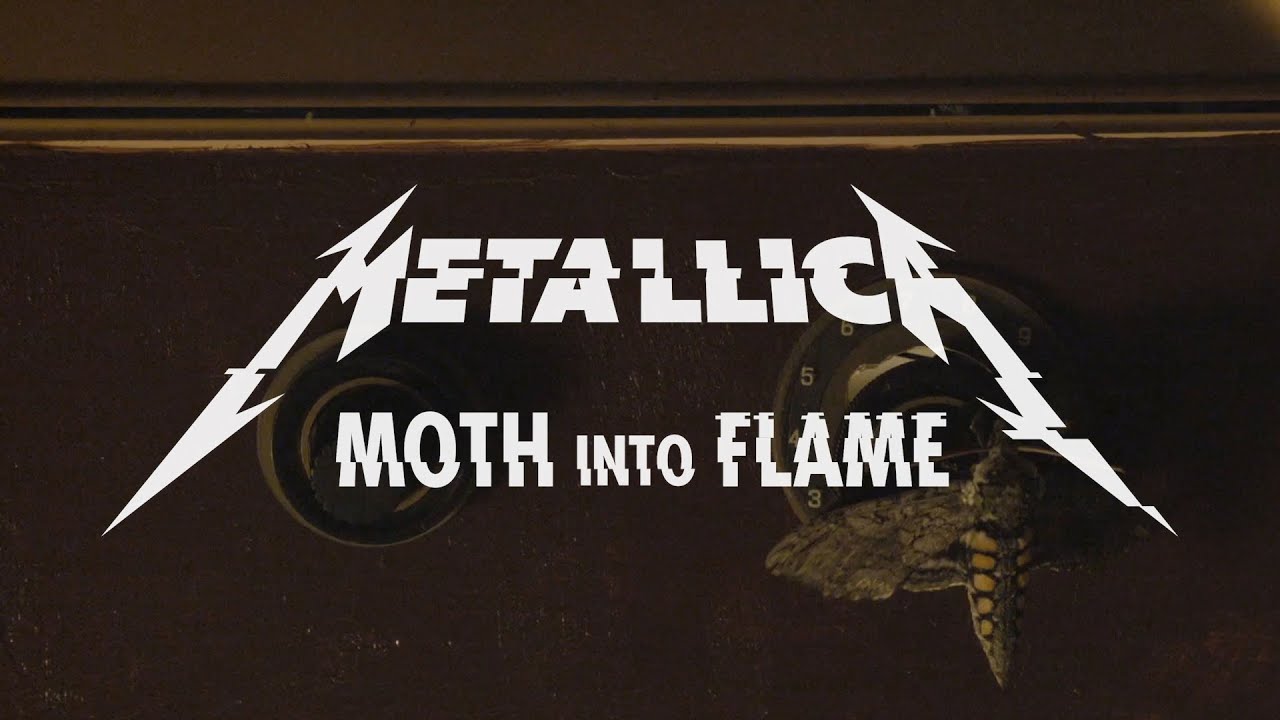
The song’s metaphorical title is used in the lyrics to criticize fame and the media, as well as modern society’s obsession with celebrity and its unfortunate realities. The band’s famous use of emotional imagery is extremely effective here, providing a profoundly compelling take on the drawbacks of stardom. Even though, at first, it seems weird for the band to be talking about such a cutting-edge topic (even using the phrase “viral” at one point).
6. Wherever I May Roam
It is another Metallica song with unusual instrumental choices, like For Whom The Bell Tolls. The music opens with the sound of a gong, followed by a guitar playing a distinctive version of the song’s main hook. However, it doesn’t take long for the guitars to take over the song completely. The electric guitar version of the hook manages to significantly increase the intensity and excitement of the former by contrast with the guitar version, an instrument typically associated with zen and meditation.
The Asian instruments serve a greater purpose than simply this; they also lend the music a hint of the exotic and unfamiliar. It connects to the song’s storyline, which centers on a wanderer who travels the world. The song’s chorus suggests that the wanderer also can ignore social conventions without being constrained by the rules of polite and “civilized” society, which makes it obvious that the wanderer enjoys more than just freedom of travel. A lack of concern for what other people think is one of the few things truly rock and roll, and the wanderer has gone above and beyond in this regard.
5. Seek and Destroy
Seek & Destroy, taken from the band’s debut album, is claimed to be the first Metallica song to be produced in a studio. The song, which was never made available as a single, has become a great fan favorite. It has been played at just about all the band’s shows from the beginning. The song is frequently performed at the end of concerts, and Hetfield turns the vocal hook from the chorus into a call-and-response segment with the audience.

The song’s protagonist is shown in the song’s lyrics as searching for potential victims to kill, effectively using a straightforward rhyme scheme. Lyrically, this wasn’t one of the band’s more complex songs, but this simplicity appears to work in its best interest – there might be no doubt about the main character’s intentions. Although Lars Ulrich has claimed that a Diamond Head song was a major inspiration for the song, the song’s nearly seven-minute length indicates that it has a variety of other inspirations.
Along with some aggressive and catchy chords, the band’s signature chops are still present. Although the song officially has three verses, like many Metallica songs, it undermines expectations at the three-minute point when a drum solo enters, seemingly ending the song. It marks the beginning of the song’s second half, which includes the third verse and closing chorus in addition to several insanely skillful guitar solos. The song ends with an instrumental that lasts a minute and is notoriously extended on the Black Album Tour, frequently increasing the song’s already impressive length by two.
Also Read: Top 10 Adult Romance Manga That You Should Read Alone
4. Nothing Else Matters
Given that they are credited with co-inventing thrash metal, you can imagine how surprised fans were when they first heard Nothing Else Matters from The Black Album, a slow-paced song with tender lyrics and sympathetic guitar. Since the album is credited with launching the group into the public eye, including a classic rock ballad shouldn’t come as a surprise. In addition, it’s occasionally refreshing to see the group’s more vulnerable and sensitive side.
According to legend, Hetfield wrote the song while on the call with his girlfriend and only intended to keep it for amusement until Ulrich heard it and urged it be added to the album. Given these circumstances, it should be no surprise that the song is sentimental and passionate, with Hetfield declaring his eternal love for his girlfriend and claiming that nothing else is as important to him. It is a good fit for the song’s instrumentation, full of uplifting, moving guitar that echoes the lyrics’ open-hearted compassion.
3. Master of Puppets
Master of Puppets, the lone single from the album of the same name, featured Cliff Burton for the final time before his tragic passing. It’s hardly surprising that this song is a favorite among the audience because it is the band’s most frequently performed live song. The guitar sound on the song is deeper and throatier because a lot of the guitar stuff is down-picked. The song begins with a stunning minute-long entrance filled with bold and rich riffs that will stick in your head.
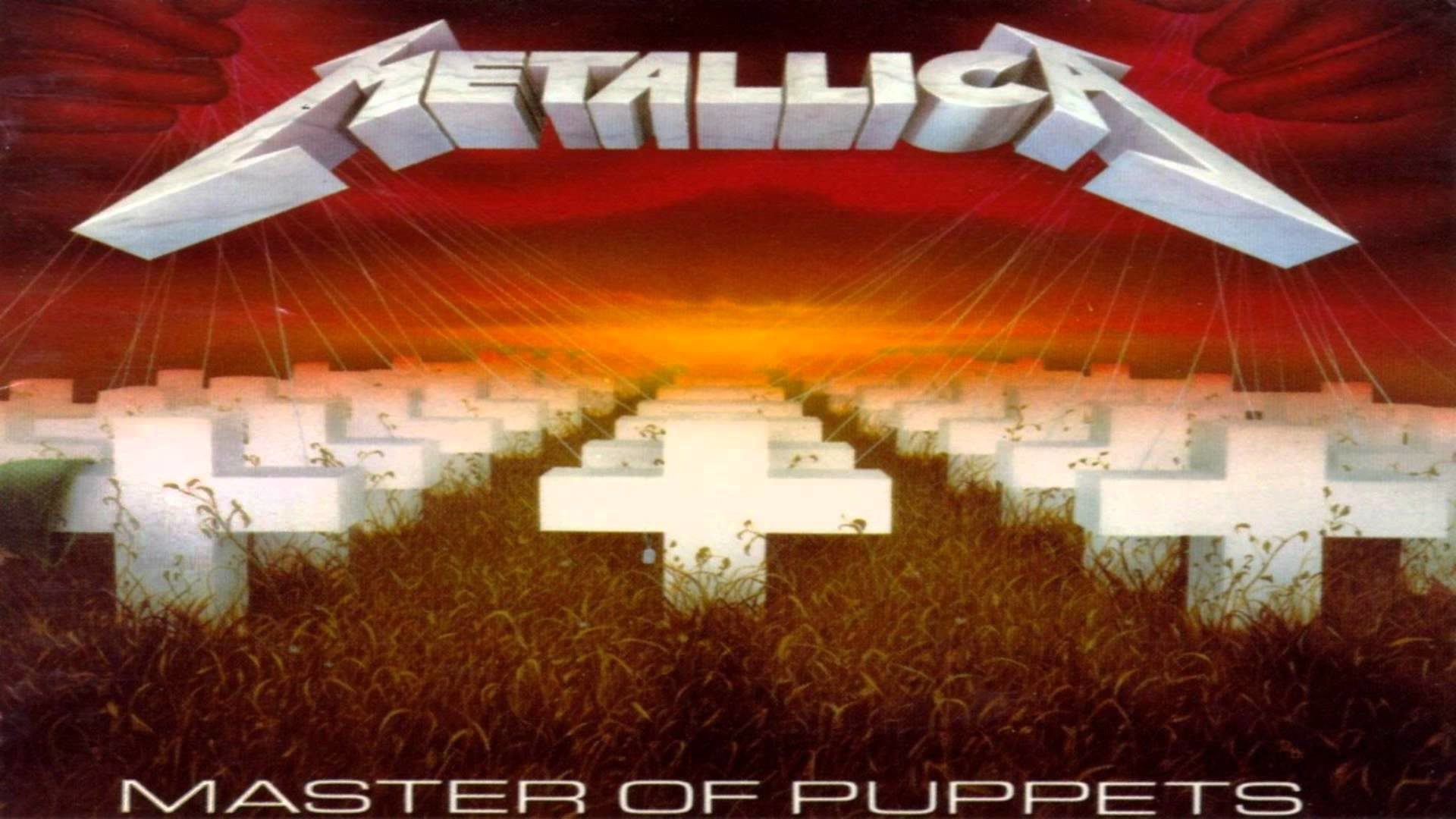
The instrumental of this song has an almost mesmerizing feel to it. As the song progresses, the multi-layered guitar and powerful drums tighten around your throat. Given the song’s focus on addiction and the fact that drugs serve as its apparent master, this is pretty fitting. Even the slower, softer section at three minutes and thirty seconds, which unquestionably symbolizes the high-taking blissful effect before it quickly comes crashing down, is knitted into this theme. This section is disrupted by the once-again swigging guitar and an insane guitar solo that seems to echo the panic of a comedown.
Metallica songs are frequently characterized as “mindless noise” by uninformed critics, but brilliant instrumentals and perceptive lyrics on songs like this show that these critics are only purposefully uninformed. After you’ve finished listening, you’ll still be thinking about this insightful and captivating tune. It’s easy to understand why it’s so well-liked by fans.
2. One
One, the third and final song to be released from the album, ironically came in at number two on this list. Although it is a slower, quiet Metallica song, it has one of the band’s most unsettling narratives because it is written from the perspective of a soldier who has lost his limbs, sight, and speech due to combat. Although the soldier is still conscious, all he can do is beg for death.
The song opens with the sound of gunfire and explosions before transitioning into a first verse. It sounds like a slow ballad in which the soldier appears to be awakening for the first time and struggles to understand what has happened to him. The rhythm guitar and drums’ crunch give the impression that something sinister is boiling beneath the surface despite this section’s high-pitched, sensitive, and effortlessly emotional primary guitar.
The chorus contains the reward when the buzzy guitar moans furiously as the protagonist makes his first wish to die. Hetfield performs this song’s chorus at his absolute best; his raspy, melodious voice captures the unimaginable stress of the circumstance. The second verse’s instrumentation is similar to the first as the soldier gains more understanding of his new situation. The third verse, however, kicks things up a notch as the guitar becomes much more intense and the soldier bursts in rage, leading to one of the band’s most spectacular outros.
Ulrich performs some incredible double-kick work at the song’s ending, followed by a frightening Hammet guitar solo. This creepy song is unquestionably one of the group’s greatest.
1. Enter Sandman
Did you honestly believe another song could be at the top of this list? Enter Sandman is one of the few Metallica songs that are certain to be instantly recognizable by all listeners, regardless of their musical inclinations. It is unquestionably among the most well-known metal tracks of all time. Although Ulrich has referred to the song as having “one riff,” there is not much need for anything else when the riff is this good.
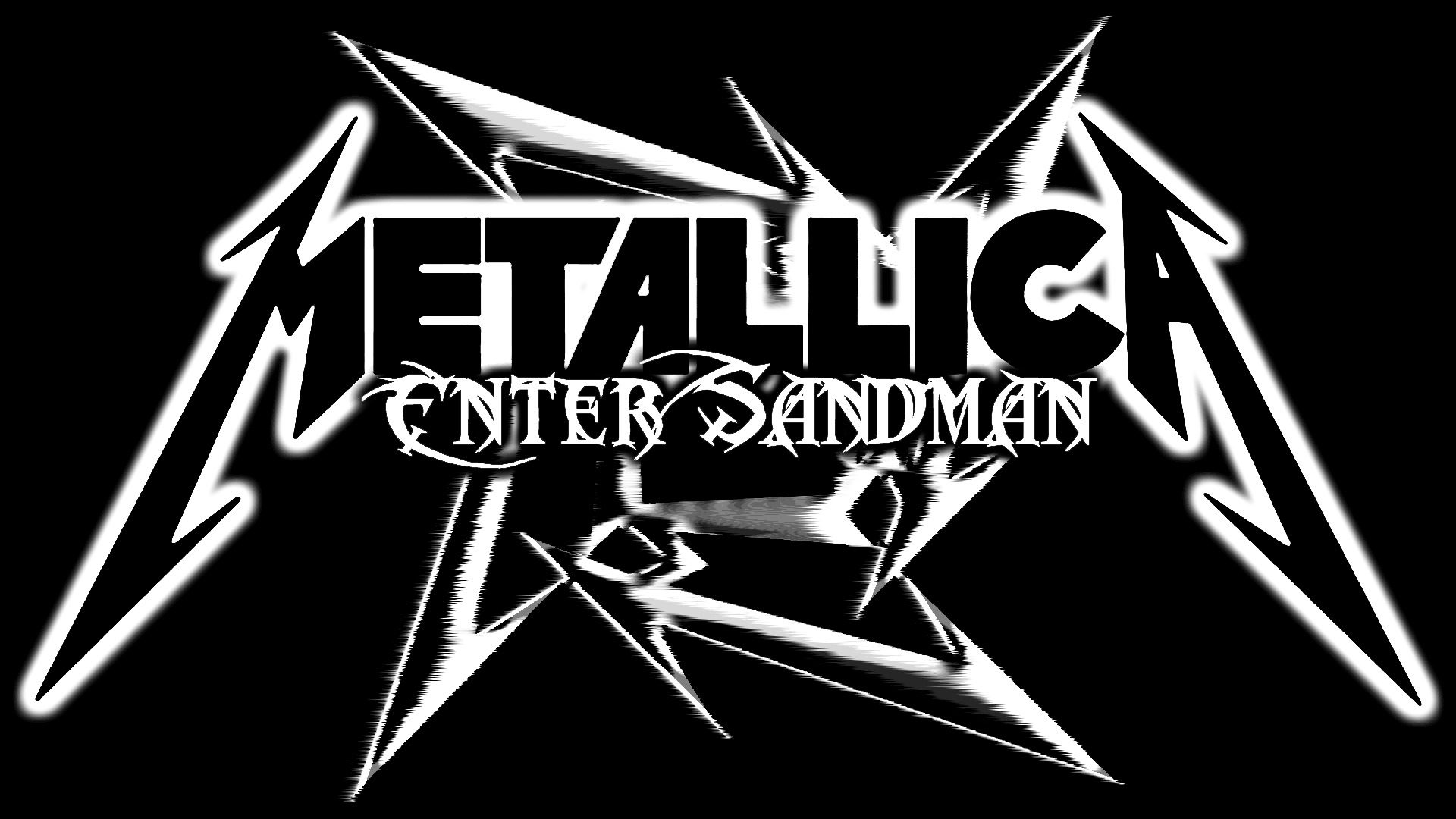
One of those songs with one of the most memorable rock intros ever, this one is instantly recognizable from the first few notes. The song’s creepy guitar intro sets the tone for its exploration of nightmares and young children’s fears. The song is incredibly scary, and reading the lyrics aloud does not do justice. Hetfield’s delivery gives the songs a genuinely dangerous edge.
During the spoken intermission, he and the young son of veteran producer Bob Rock mock a daily bedtime prayer before singing a twisted and sinister rendition of the lullaby Hush Little Baby. The way Enter Sandman transforms childhood symbols—which are typically used to comfort upset kids—into evil and scary omens is delightfully wicked. Young children might be rather alarmed to hear their bigger siblings blasting music in their bedrooms, as you can imagine.
Also Read: Top 10 Anime With Best English Dub That You Must Watch


